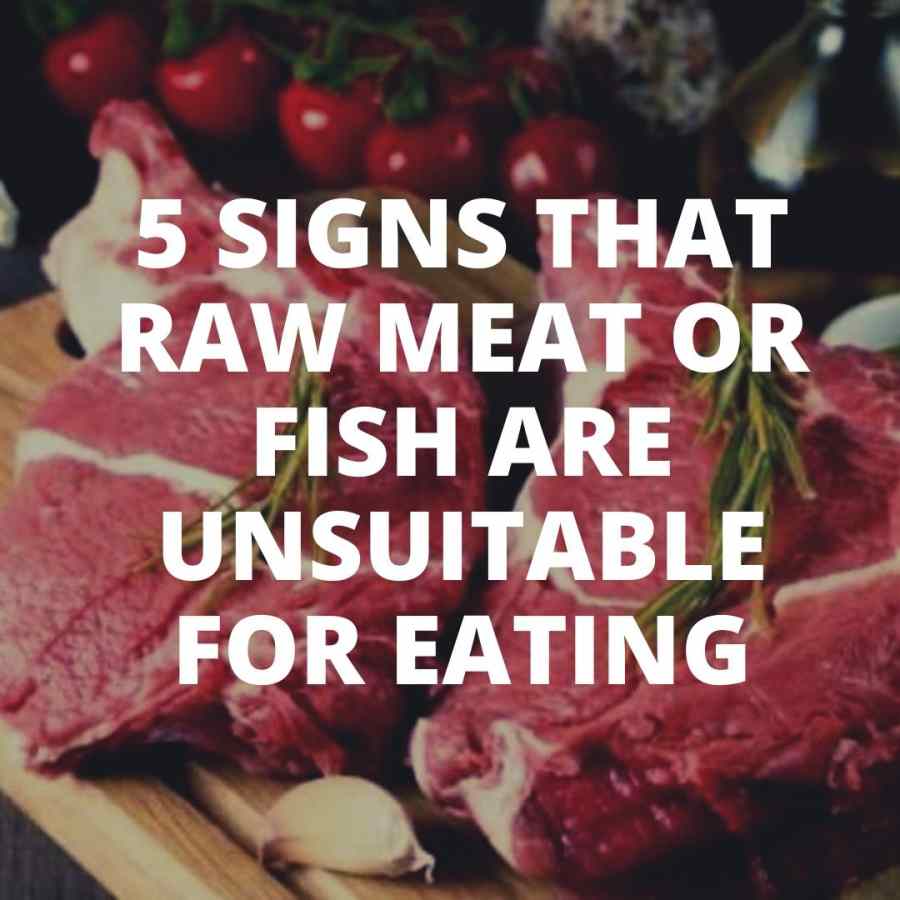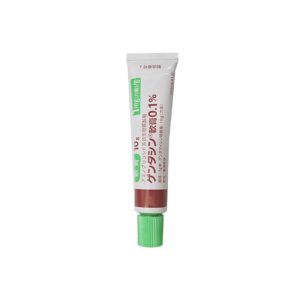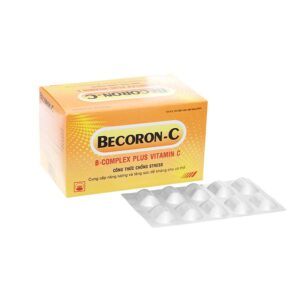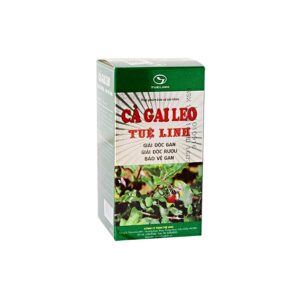If you bought spoiled meat or fish, it can lead to poisoning and serious problems with digestion, as well as other organs. Indeed, in such products pathogenic bacteria multiply and toxins accumulate.
There are a number of signs by which you can determine how fresh fish or meat is on the counter in front of you.
What we measure: smell, color, appearance and consistency of the product.
Evaluating meat

Pulp and fat color
The meat can be either a young animal (pig, calf) or an adult (pig, cow), but it should always be pink, bright or deep red if it is beef. There should be no gray shades, as well as greenish, brown, unnatural colors.
Exception: body fat. They can be white or yellowish in color.
The yellow color of bacon is a sign of meat from old animals, so it is better to have a milky white color.
If the fat has a gray tint, it means that the meat is spoiled, and if there is pinkish fat, you should refuse to buy, this is a spoiled product.
Color of bones and joints
Bones and joints should also be white. If you see any other shade, it is a spoiled product. Also look at the edges where the cut was. If they are dry, windy, this indicates that the product has already lay down and began to deteriorate.
Ask the seller to take the meat out of the display case, the backlight distorts its color. Examine the piece carefully from all sides.
How to evaluate frozen meat
Frost changes the color of the meat, so it can only be assessed when thawed. Along with the color, you can also appreciate its smell.
You can also estimate how many times the meat has been frozen – look at the color of the ice. With transparency, the product is frozen once, and if the ice is pink with blood, the meat has already been defrosted and re-frozen.
Smell of meat
Feel free to sniff a piece of meat before purchasing. Fresh meat has almost no smell, only a faint smell (milky) is possible. If you smell even a very slight, unpleasant odor, do not buy this piece.
Meat consistency
You have already been able to evaluate the meat well enough according to the previous criteria in order to understand whether it is fresh. But it is important to additionally touch the product (you can use a disposable glove for this).
Rate its density, elasticity. These characteristics will speak of the quality of the meat. You do not need to hammer it and crush it hard, just press on the meat with your finger. If the dimple does not disappear for a long time, then the meat is spoiled.
The second sign of spoiled products is the presence of stickiness if mucus is drawn behind the finger. The piece should not be sticky or slippery. If it is, do not buy such meat and do not cook from it.
So…How to choose meat?
- Color – red or pink, even.
- Seams of fat, bones, cartilage are milky white.
- Smell – weak milky
- No stickiness, mucus, slipperiness.
- The dimple on the surface quickly disappears.
Evaluating fish

Fish can be judged according to the same criteria as meat. But fish deteriorates even faster than meat products, so it needs to be evaluated according to several more additional criteria:
We look closely at the fish. If they are shiny, completely transparent, that’s good.
If the eyes are devoid of shine, they become dull, and even more dry, sunken – this is a bad product.
This is a product that has been on the counter for a long time. This fish will not have the most pleasant taste, and it can become hazardous to health, products from such a carcass are dangerous for digestion.
Feel the fish with your fingers.
After pressing the carcass, there should be no dents. Fresh fish quickly takes shape and deep pits on it are not pressed.
Look into the gills.
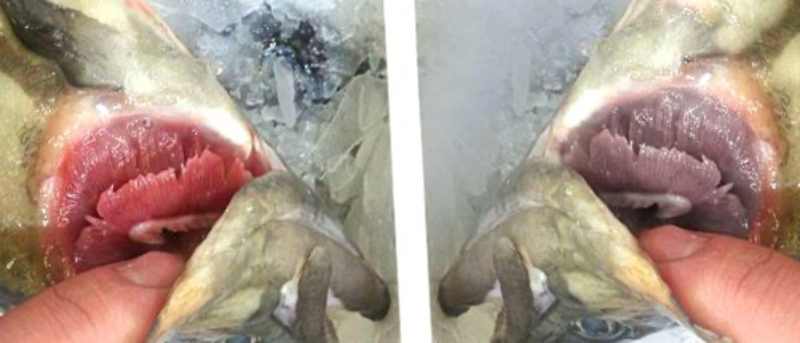
This is one of the most objective criteria for fish freshness. If the gills are shiny, moist, they have a bright red hue, these are fresh carcasses. If the gills are flabby, dryish and have a dark color, this is a stale fish, you should not buy it.
Evaluate the fish’s tail.
If it is deformed or it simply does not exist, it is chopped off – immediately be on your guard. Perhaps this fish was sick or spoiled, and therefore they tried to “revive” it for sale.
The very last thing to appreciate is the smell of the fish. Fresh carcasses should smell like mud or sea.
But if the fishy smell is strong, sharp, or unpleasant notes appear, this indicates that the product has begun to deteriorate, you should not buy it.
Ideally, you should only buy live fish that has been recently caught from the reservoir. It is permissible to buy fish from aquariums, in which it can live in the store for some time.
But, unfortunately, not all of us live near the sea, and river fish can be dangerous in terms of being infected with parasites.
After purchasing live river fish, it is recommended to freeze it for 2 weeks in the freezer.
Now you know perfectly how to choose meat! Time to cook!
Read more:
Vietnamese supplements helpful for arthritis treatment
Top 5 summer berries and their benefits for the body
The best natural sources of calcium
7 foods that are contraindicated for allergy sufferers in the summer

